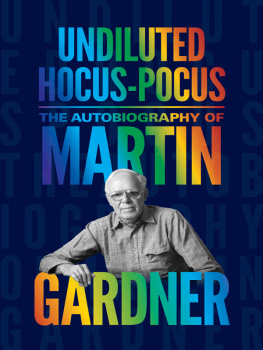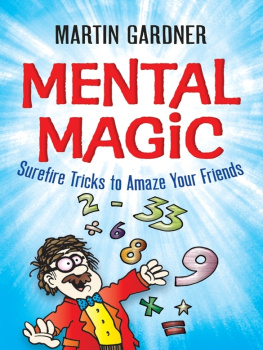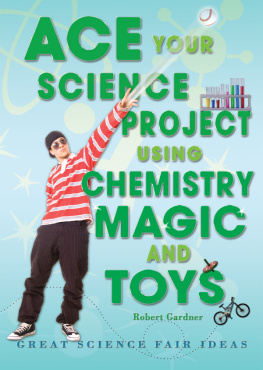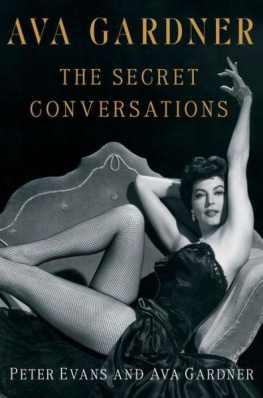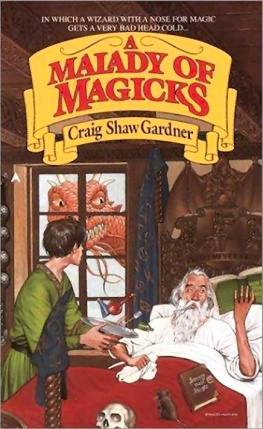Elysa Gardner - Magic to Do
Here you can read online Elysa Gardner - Magic to Do full text of the book (entire story) in english for free. Download pdf and epub, get meaning, cover and reviews about this ebook. year: 2022, publisher: Applause, genre: Home and family. Description of the work, (preface) as well as reviews are available. Best literature library LitArk.com created for fans of good reading and offers a wide selection of genres:
Romance novel
Science fiction
Adventure
Detective
Science
History
Home and family
Prose
Art
Politics
Computer
Non-fiction
Religion
Business
Children
Humor
Choose a favorite category and find really read worthwhile books. Enjoy immersion in the world of imagination, feel the emotions of the characters or learn something new for yourself, make an fascinating discovery.
- Book:Magic to Do
- Author:
- Publisher:Applause
- Genre:
- Year:2022
- Rating:4 / 5
- Favourites:Add to favourites
- Your mark:
- 80
- 1
- 2
- 3
- 4
- 5
Magic to Do: summary, description and annotation
We offer to read an annotation, description, summary or preface (depends on what the author of the book "Magic to Do" wrote himself). If you haven't found the necessary information about the book — write in the comments, we will try to find it.
Magic to Do — read online for free the complete book (whole text) full work
Below is the text of the book, divided by pages. System saving the place of the last page read, allows you to conveniently read the book "Magic to Do" online for free, without having to search again every time where you left off. Put a bookmark, and you can go to the page where you finished reading at any time.
Font size:
Interval:
Bookmark:
I WAS INTRODUCED TO P IPPIN THROUGH AN EIGHT-TRACK CASSETTE OF the original Broadway cast recording around the time I was seven or eight. I was already obsessed with musical theater by then, having been exposedby a mother who had sung professionally, and an Austrian-born father who places Richard Rodgers above Mozart on his list of favorite composersto the cream of the crop; by the time my parents started taking me to shows, I had memorized every song in the first three: revivals of West Side Story, My Fair Lady, and Oklahoma! But Pippin held a unique place in that we played the album in the family car, which was otherwise reserved for the cream of pop, from the Beatles Red and Blue collections to the Saturday Night Fever soundtrack. Its not entirely an exaggeration, in fact, to say that I might never have become consumed enough with pop music to want to write about it had Stephen Schwartz not provided me with a gateway drug.
When I realized that the golden anniversary of Pippins premiere was approaching, I reached out to Stephenwhom I had interviewed a few times and always found gracious and eloquentand asked if he might be interested in commemorating the occasion with a book. Librettist Roger O. Hirson had recently died, and with Bob Fosse, whose creative vision was just as integral to that first production, long gone, I knew that this project would be impossible without Stephens generosity and candorand he provided both in abundance. For months, we spoke pretty much every week on FaceTime as the COVID pandemic dragged on, at one point meeting in his New York apartment (masked, of course) so that he could go over old book drafts and pages of sheet music, which I was then allowed to take home for further reference. When he had trouble remembering conversations or events from five or six decades ago, he was quick to recommend other possible sources, and he didnt try to avoid potentially unflattering details, particularly those related to his less-than-harmonious relationship with Fosse. A warts and all accounthis wordswas our mutual goal. Stephens assistant, Michael Cole, was also of great help, as was biographer Carol de Giere, whose Defying Gravity: The Creative Career of Stephen Schwartz from Godspell to Wicked was an invaluable resource, and who shared with me reams of her impeccable research to boot.
The cooperation of original cast members of Pippin was equally crucial, not only in providing me with a better sense of Fosse as an artist and a person but also in establishing how their own blazing talents and distinct personalities contributed to the production. Getting to know The Pips, as a couple of these seemingly ageless individuals referred to themselves collectively, was a privilege I will always cherish. Following our initial conversations, I struck up regular e-mail and/or phone correspondences with John Rubinstein, Kathryn Doby, Candy Brown, Pamela Sousa, Gene Foote, and Cheryl Clark, who answered my relentless questions with great patience and witI hope to read their books one dayand volunteered their own insights. They also provided material from their archives, from rehearsal notes to personal memorabilia. Ben Vereen, whom I reached through his manager, Pamela Cooper, invited me to text him with any queries and delivered the sweetest responses, with emojis to match. Jennifer Nairn-Smith sent adorable pet pictures, Linda Posner inspired me with her eclectic personal journey, and Richard Korthaze made me laugh out loud without saying anything snarky. I can only hope to be a fraction as vital as these folks are when I reach my seventies and eighties.
I could say the same for the behind-the-scenes players who spoke with me, among them producer Stuart Ostrow (still going strong in his tenth decade), lighting designer Jules Fisher, and sound designer Abe Jacob. Set designer Tony Waltonwho left us, sadly, as I was completing final editsnot only granted a delightful interview but also offered access to his exquisite sketchings for the musical and to photos of the end product. His widow, Genevieve Leroy-Walton, and associate director Amanda Kate Joshi also have my deepest gratitude.
A number of other people who played key roles in the original Pippin had passed on before I started writing, but some special people were there to shed light on their work and lives. Roger Hirsons son, David, and Bob Fosses daughter, Nicole, were kind enough to answer a few questions; I am also indebted to Mary Callahan, project manager at the Verdon Fosse Legacy LLC, who connected me not only to Nicole but also to several of the aforementioned cast members and other dancers. Milo Zonka, costume designer Patricia Zipprodts nephew, granted permission to use her art. I contacted Ann Reinkings publicist, Lee Gross, shortly before Reinkings untimely death; Lee then referred me to William Whitener, a longtime friend and colleague of Reinking who confirmed what others had told me: that she was as lovely a person as she was a brilliant talent.
Im grateful to the other remarkable dancers and choreographers who shared their memories of and thoughts about FosseGraciela Daniele, Linda Haberman, Jerry Mitchell, Chita Rivera, Bebe Neuwirth, Graciela Daniele, Casey Nicholaw, and Chet Walker, as well as dancer-turned- curator-turned-author Kevin Winkler, whose Big Deal was among the Fosse biographies I consultedand to the renowned composers and lyricists who spoke about Stephen, including John Kander, Jeanine Tesori, Lynn Ahrens, Stephen Flaherty, Benj Pasek, and Justin Paul. (Getting a quote from Marlon Jackson was an unexpected bonus, for which I thank his manager, Steve Hart.) The representatives who put me in touch with these illustrious figures included Marie Bshara, Dennis Crowley, Merle Frimark, Heath Schwartz, and Michael Strassheim. Merle also connected me with Abe Jacob and original Godspell producer Edgar Lansbury, and Heath got me in touch with producer Barry Weissler and the talented performers and creative stars who brought Pippin back to Broadway in 2013Diane Paulus, Charlie Alterman, Nadia DiGiallonardo, Larry Hochman, Rachel Bay Jones, Andrea Martin, Patina Miller, Gypsy Snider, and Matthew James Thomasas well as the revered photographer Joan Marcus.
Directors of other noted productions of the musicalRob Ashford, Jeff Calhoun, and Mitch Sebastianhelped me flesh out Pippins legacy, as did Will Detlefsen, Elisabeth Frankel, and Kyle Pleasant. (Eduardo Jimenez Pons, whose son Diego Lucano starred in Pleasants high school production, and Gary Vorwald also provided great art.) Betty Buckley (and her assistant, Cathy Brighenti), Dean Pitchford, and Michael Rupert afforded me the perspective of key replacement players in the original staging, while Peggy Gordon, Robin Lamont, Stephen Nathan, Gilmer McCormick Reinhardt, Stephen Reinhardt, David Spangler, and the fabulous Paul Shaffer expanded on Stephen Schwartzs aptitude and ambitions as an even younger man.
As I thought it crucial to acknowledge the impact of Motown Records on this young composer and the role that the company played in getting Pippin on Broadway, I owe great thanks to Berry Gordy Jr. for his input and to his executive assistant, Brenda Boyce. Stephen Byrd, whom I reached through Aaron Meier, and Irene Gandylong a favorite colleague, whom I reconnected with through Jeffrey Richardsshared the wisdom and savvy theyve acquired as longtime theater industry insiders, as did the Broadway Leagues Charlotte St. Martin. Dr. Paul Allen Sommerfield at the Library of Congress and Jeremy Megraw at the Billy Rose Division of the New York Library for the Performing Arts were integral in facilitating my own researchI hounded Jeremy for months about old articles and photos, and he always responded with astonishing speed and good cheeras were Richard Patterson, Drew Cohen, and Bert Fink at Music Theatre International. Dr. Helmut Reimitz of Princeton University and Dr. Brent Salter of Stanford Law School were equally accommodating, and the smart, piquant observations of my friends and comrades Joe Dziemianowicz, Adam Feldman, and Peter Filichia hopefully made me look a little wiser in my own wheelhouse.
Font size:
Interval:
Bookmark:
Similar books «Magic to Do»
Look at similar books to Magic to Do. We have selected literature similar in name and meaning in the hope of providing readers with more options to find new, interesting, not yet read works.
Discussion, reviews of the book Magic to Do and just readers' own opinions. Leave your comments, write what you think about the work, its meaning or the main characters. Specify what exactly you liked and what you didn't like, and why you think so.

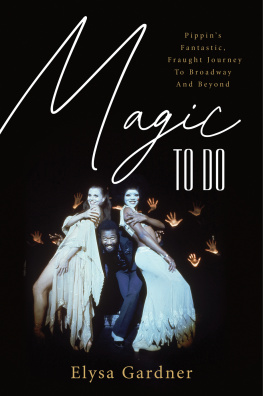
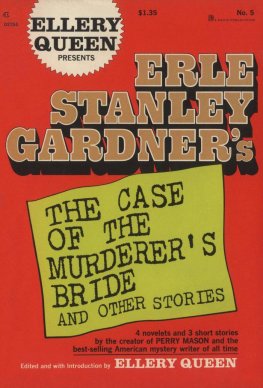
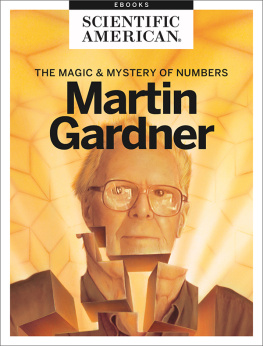
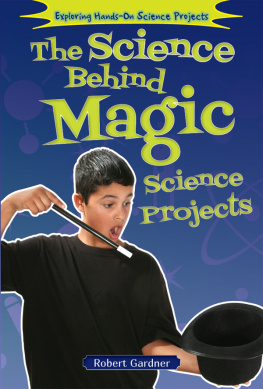
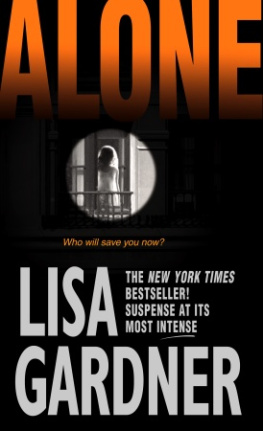

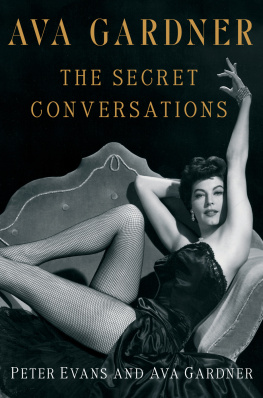
![Lyn Gardner [Lyn Gardner] - Rose Campion and the Christmas Mystery](/uploads/posts/book/141372/thumbs/lyn-gardner-lyn-gardner-rose-campion-and-the.jpg)
